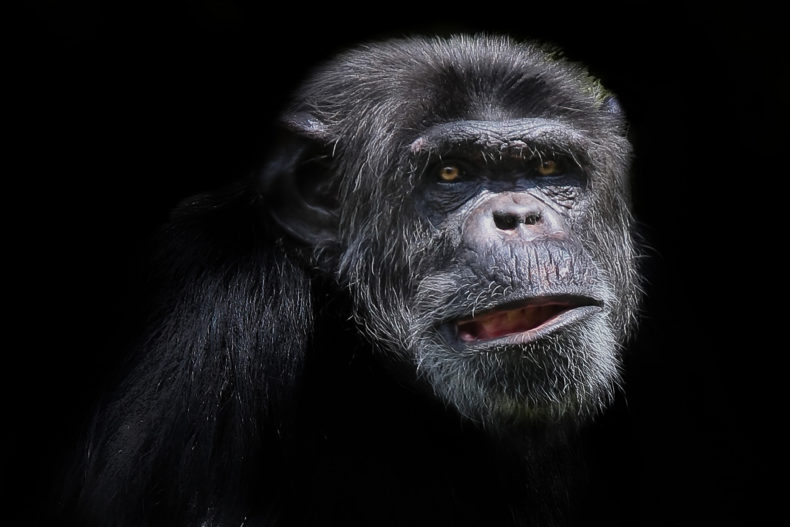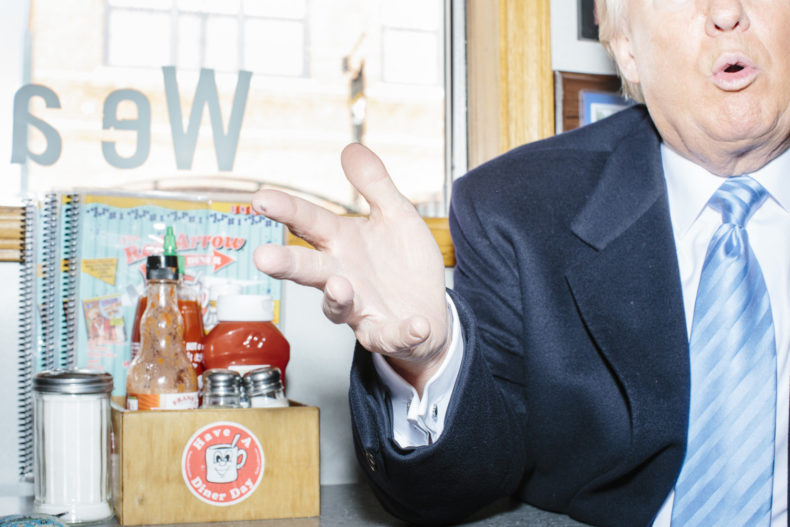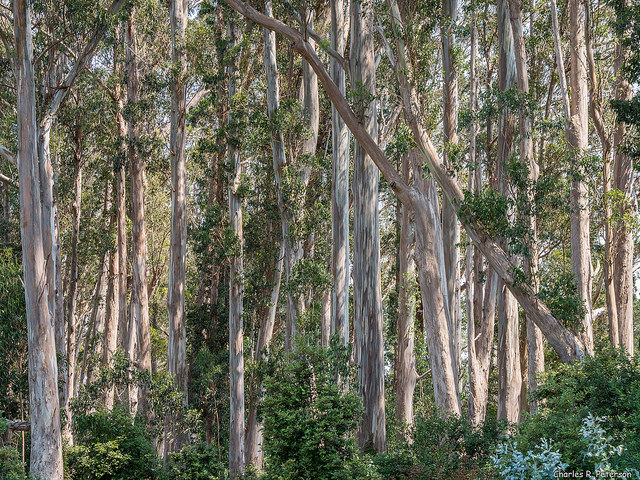
The Tasmanian blue gum, Eucalyptus globulus, is a magnificent tree. That is perhaps the only thing that everyone agrees on. It is, as Jake Sigg puts it, “a big, grand, old tree.” Tall, gnarled, stripey-barked, with white flowers like sea anemones, blue gum eucalyptus are characteristic of the San Francisco Bay area, despite being native to an Australian island half a world away. They just happen to thrive in the Bay climate, and many were planted either for timber of for scenery from the 1850s onwards.
There is, to put it mildly, widespread disagreement about what to do with these trees. The argument is as complex and tangled as the bark streamers that hang from the blue gum’s trunks. In the most general terms, there is a faction of environmentalists that want to see many of these eucalyptus trees removed, because they are a fire hazard close to homes, or because they are non-native and make poor habitat for native species, or both. In this group, place native plant enthusiast Sigg (who nevertheless loves the species and would like to see more of them planted in landscaped, irrigated parks). This faction also includes the local chapter of the Sierra Club.
There is another faction of environmentalists that dispute that the trees are more of a fire hazard than what might replace them, see them as decent or even very valuable habitat, and want to retain them to sequester carbon, provide shade, beauty, and recreation, and to avoid the use of the herbicides that are generally necessary to thoroughly kill them off. This faction includes a longtime correspondent of mine, Mary McAllister, and allies in different groups, including the Hills Conservation Network and the small-but-fierce Forest Action Brigade.
Those are the basic contours, but getting a fuller understanding requires a walk deeper into the woods.
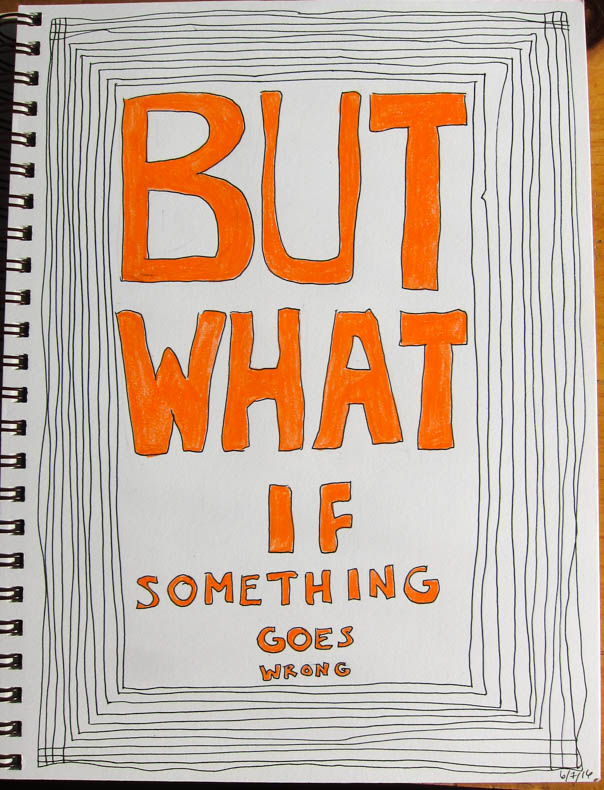
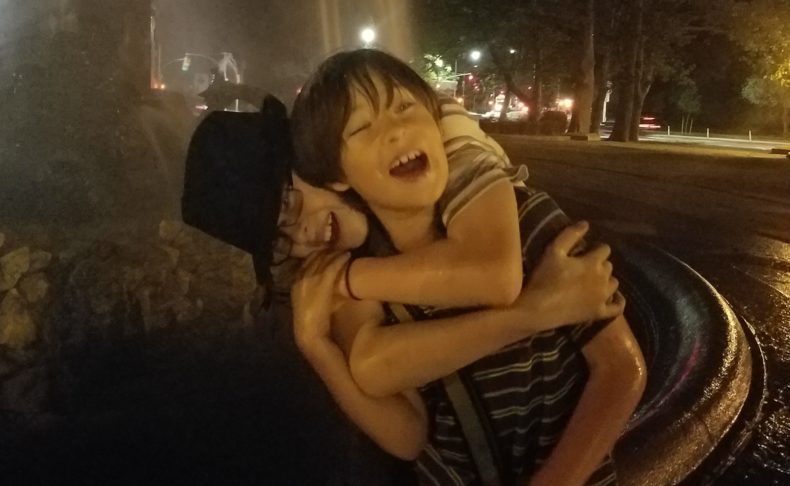
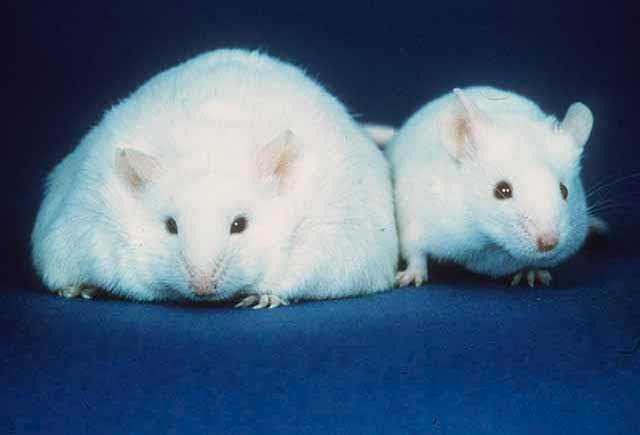

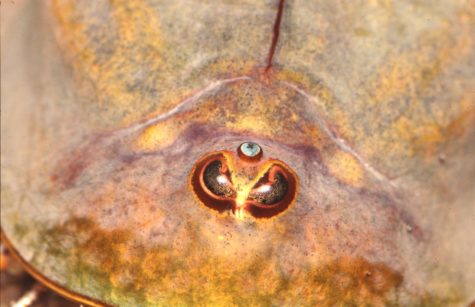 I am taking care of two fish this weekend. One is a nice, respectable goldfish. It’s orange and black, it lives alone in a bubbling tank with some seaweed and a little fake wooden log to swim through. It eats a few pellets of food every few days.
I am taking care of two fish this weekend. One is a nice, respectable goldfish. It’s orange and black, it lives alone in a bubbling tank with some seaweed and a little fake wooden log to swim through. It eats a few pellets of food every few days.